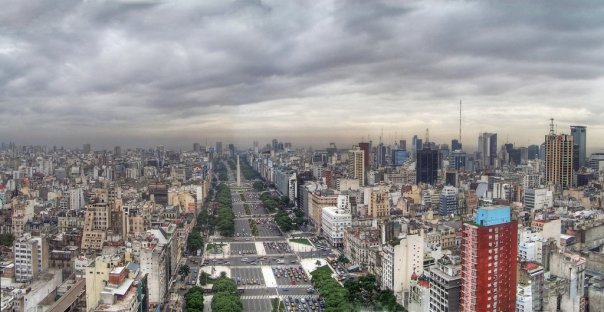Rio de Janeiro
The most beautiful city in the world.

The sugar loaf and statue of christ.

Rio is also a metropolitan city. So the big city life and the beach life can be combined.
.jpg)
The vibrant beach life at Copacabana.


Pavement of Copacabana
It’s hard to imagine that this paradise is also a place where half of the population lives in poverty and social exlusion. Crime and violence is here a part of the every day life.
Rio has a population of about 12 million people. 6 million people live in the slums - also called favelas. There are about 600 slums in Rio.
In Brazil there is a huge gap between rich and poor. About 5% of the population earn 85% of the income.
The favelas.
The favelas are shanty towns or ghettos on the hillsides around the city, where the inhabitants are poor.

The word favela has its roots from the former slaves with no land or work who settled down in suburbs. Also called barrios africanos or african neighborboods. People were later pushed away from the downtown of Rio and to outskirts of the city.
Most of the favelas appeared during the 1970s, where a lot of people left the rural areas and moved to the cities in search for a better life.
In 2004 it was estimated that 19% of the population of Rio lived in favelas.
In some favelas the government never sets its foot because of organized crime, where criminal gangs have their own rules and laws.
The main problems in the favelas is the unemployment and poverty, which tempts in inhabitants into stealing, selling drugs and joining gangs.
The favela Rocinha is the largest in Brazil with about 200.000 inhabitants. It is also considered the most developed and is more similar to an actual community or neighborhood. It has a well infrastructure, business such as banks, stores, television channels and a McDonald's.

This picture shows a small houses of a favela. It looks somehow cozy, but for a lot of people this is a daily struggle.
As a tourist it is not wise to go to a favela on your own. People can easily see that you are a foreigner and perhaps take advantage of that. Mugs and thefts are common if you are not careful. Again use your COMMON SENSE. If you want to visit a favela, to with organised favela tours for tourists. I choose not to go on such a tour, even though I wanted to, since I didn't want to look at the poverty of people as going to a zoo.
Within the favelas live the dreams and hope...
City of God - movie.
If you would like to understand of the problems of the favelas I can recommend to see the movie "city of god"! It shows how violence leads to violence and continues in a circle... It's excellent, but be aware the the violent content.
Other movies:
Tropa de elite. About a BOPE policeman and how he starts as an honest cop and wants a better Brazil.
Show de bola. About a poor boy in the favelas and his dream of becoming a football player.
The statue of Christ.
The symbol of Rio is the statue of Christ, just like the Eiffel tower is the symbol of Paris
The statue is 39.6 metres tall, and stands on the Corcovado mountain and overlooks the city from 700 meters above the ground. The construction of the statue of Christ took nine years. From 1922 to 1931.
You can visit the statue and the viewpoint either by taxi or the old tramp.
Suco bars.
Suco means juice. On almost every street corner in Rio there is a suco bar. The suco (smoothies) are made from many different fresh fruits. Some fruits like a acaí and guava are unknown in Europe.

At the suco bars you can also get something called vitaminhas, which is more like a healty milkshake. It contains fruit, milk and oat mixed in a blender.
The little black acaí berry looks like a cherry. Scientisk say it is one of the most healthy fruits. It groves on the acaí palm in the Amazon forrest. The only problem with the acai berry is that within about 48 hours of harvest, the berry’s nutrients begin to degrade. As a result, the berry must be processed almost immediately after being harvested.

Maracanã - the temple of football.
Again, if you are a fan of football like I am, you should visit to the Maracanã stadium. Either to watch a game or visit the museum of the stadium.
The original name of the stadium is estádio Jornalista Mário Filho. Maracanã used to be the biggest stadium in the world with capacity for 92.000 people. It was build for the world cup in 1950. At the final between Brazil (with Pelé) and Uruguay 173.000 people were at the stadium.







.jpg)














